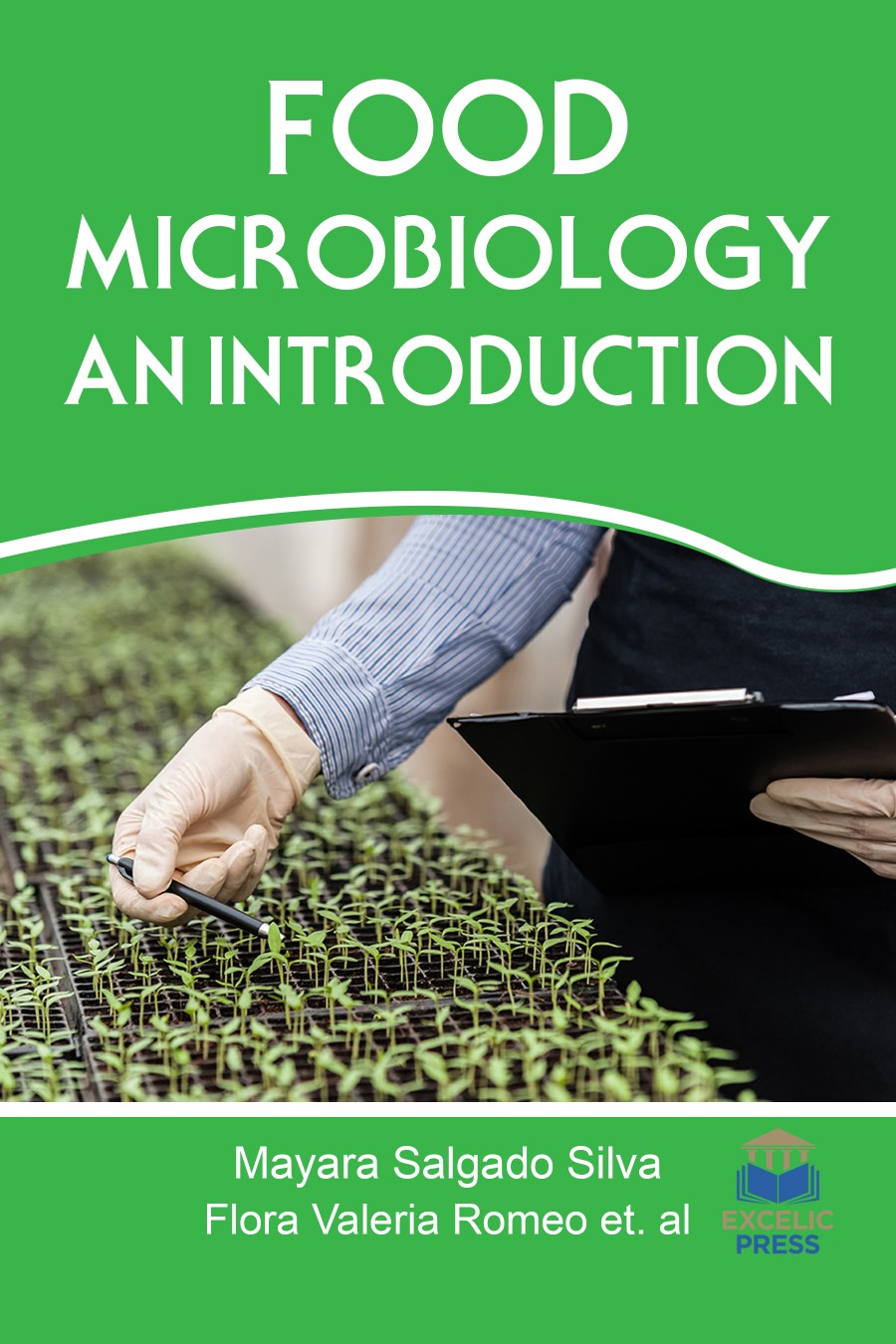In the 1930s, microbiologists were mainly concerned with food preservation and spoilage. It means the study of natural flora of foods and the spoilage organisms, and killing of microorganisms by various kinds of food preservations, e.g. canning, low temperature, low available water, low pH, or inhibitory chemicals, etc. The micro-organisms occurring on and/or in foods are from a practical point of view divided into three groups: molds, yeast and bacteria. Molds are generally concerned in the spoilage of foods; their use in the food industry is limited (e.g. mold ripened cheese). Yeasts are the most widely used micro-organisms in the food industry due to their ability to ferment sugars to ethanol and carbon-dioxide. Some types of yeast, such as baker’s yeasts are grown industrially, and some may be used as protein sources, mainly in animal feed. Bacteria important in food micribiology may be divided into groups according to the product of fermentation, e.g. lactic acid bacteria, acetic acid bacteria, propionic acid bacteria. Among the microorganisms, some molds, yeasts, bacteria, and viruses have both desirable and undesirable roles in our food.
Food Microbiology: An Introduction covers latest research developments on topics including; food safety, fermentation, probiotics, microbial pathogens, anti-microbial preservatives, food additives, microbial contamination, food poisoning, edible microbial colorants, food service, and processing, biofilm contamination, and food borne diseases.
This book deals with all aspects of food microbiology. Importance of microorganisms in food, predominant microorganisms associated with food, sources from which they get in the food, and microbiological quality of food under normal conditions are presented. Food microbiology has become a mature science in the twentieth century and has made great advances. While recognizing these achievements, it is also necessary to consider how the science may need to change. This book addresses these changes such as possible changes in foodborne diseases of concern and the impact of molecular and genetic techniques on our current methodology. The recognition of the role of food and associated microbial contaminants in chronic diseases could become a major concern. New developments in our understanding of microbial genetics could affect our concepts of bacterial taxonomy. The current methodologies may need to be addressed.
This book serves as valuable guide to cater the needs of dieticians, nutritionists, medical practitioners, healthcare providers, food processing industries, academicians and students indulged in studying the role of microbes in enriching and contaminating the food we consume.













